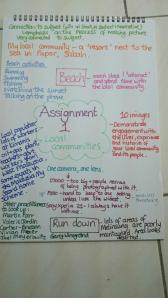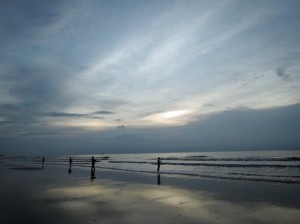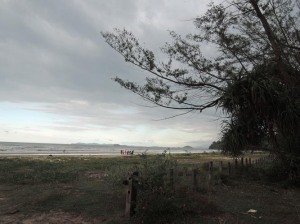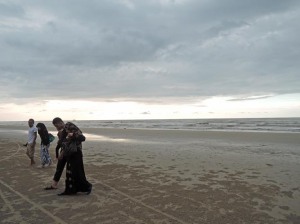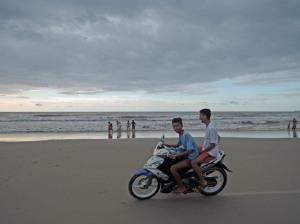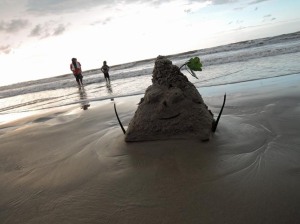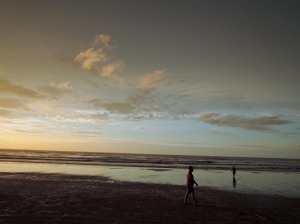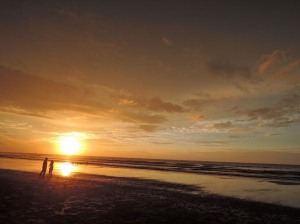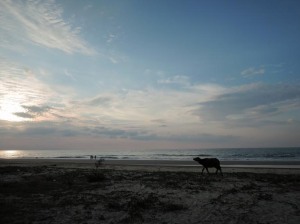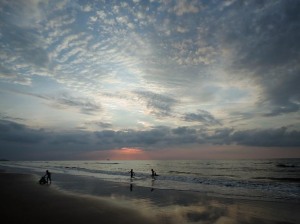I went through a few options, and had in my head a series of images of people running, even with captions from speaking to them about their motivation to run. However, without much Malay, I realised this was almost an impossible task. Trying to find enough people who speak English was not going to be easy, and I wondered if I even wanted to do it, as it felt like it didn’t really represent myself in the community – why would I suddenly start talking to people just because I needed to do a photo assignment for uni. The brief made it sound like I needed to represent myself in the community and I feel disconnected.
A few days of research helped me find a lot of information about Melinsung (the resort area I live at), and gave me ideas about potentially shooting a project around broken promises, things that were in the original plans but do not exist or only existed for a short time. I decided against this as the images need to feature the local community, and this feels like more of a chance to document without anyone being in the shot. It is an idea for something else though and I am continuing to do research on the topic.
Beach activities that I could document include people who go running, fishing, swimming, playing, watching sunset and talking on the phone. There is a group of overseas workers from the Kimanis plant who I see down at the beach calling their families, what a great location to do that from. Others walk around the complex, talking on the phone around the buildings they live in. Many of them live with about 6 per flat, so I guess they need some time alone and come outside to make the calls. Also, mobile phone reception is of course better outside – there are no phone lines in our complex so making landline calls is not possible. I decided that the main location for my shoots would be the beach, although I did also walk around and see what else was happening around here. There are no other really picturesque areas though, and at this point I had already decided to use a wide angle lens which meant I wanted somewhere pretty. I see people fishing from time to time, mainly at public holidays, standing on the beach. There are also sometimes people down there catching crabs, but recently I haven’t seen this. A lot of people go running at the beach, mainly men although at times I do see women too. I did have a romantic notion of a set of images that were runners in front of a beautiful sunset, but as I spent more time down at the beach I realised this was not going to be quite how it happened. Of course there are issues with backlighting when shooting into a sunset, and coupled with the angles needed, I would need to set up each image carefully. I decided against this as I feel strongly that a documentary project should be just that, something documenting what is happening rather than a beautiful set of images that the photographer has created in some way by asking people to be in a certain place. Of course, the very act of framing does this to an extent, but I wanted to limit my impact on the scene.
The experiences and histories of people who live here is something I am gathering as I live here, and I felt the beach was the best place to capture this. I see a variety of people down there, from groups of kids with their families, to groups of men hanging out, families walking together, people running, oil rig workers walking along the beach in their overalls, I can only imagine what the histories are from watching, and from what the teachers at my schools tell me. I know there are lots of oil and gas workers from the Kimanis plant here as it is relatively cheap here and they have buses picking people up every morning as I go to work. They appear to be from many different countries around Asia. I have also been told that a lot of teachers live here, who have been posted from the mainland or other towns in Sabah or Sarawak, as it is an easy place for them to live. There seems to be a large population here using the flats as holiday homes, it is always noticeably busier at weekends and holidays.
I decided to use my Nikon P330 camera, as this attracts less attention that my D7000, but still gets good images. The locals seem to find it a lot less threatening. I have also been told to be careful on the beach as there have been some robberies, and so the D7000 is too much of a target for a lone female to carry. I have tested the P330 a few times, and decided that the best representation of my relationship with the local community would be to use it at the widest setting. Images taken on this setting show people as really small unless they are right in front of me, and it shows my feelings about how I fit in to the local community. I am distant and apart from them, apart from a few short chats with people on the beach, my interactions are limited to buying things in the local shops. I don’t really eat at the local restaurants as I am vegetarian and they use belachan (which has seafood in) even when they cook vegetables. I am also not 100% confident of hygiene in places located so near what appear to be open sewage channels!
I went down to the beach on several occasions to shoot, as I was walking, and took images of people there, or representations that there was someone there, and have included an image with the buffaloes as they also make up the local beach community where I am.
During the project I thought again about communities I am part of, and realised that to an extent I am part of the school communities here, and online communities as well as a community of runners. I did think through all of these options, but due to time constraints decided to go with my original plan. Also, there are issues with schools as I work there and my company restricts getting and using images of children, who I feel make up such a significant part of what I do that I could not document the community without them.
The first edit is here: https://www.flickr.com/photos/125594361@N06/sets/
Other practitioners who I looked at before doing this assignment were Martin Parr, Valerie Jardin, Cartier-Bresson, Vivian Meier, Joel Meyerowitz and Garry Winogrand. More notes and links to follow.
